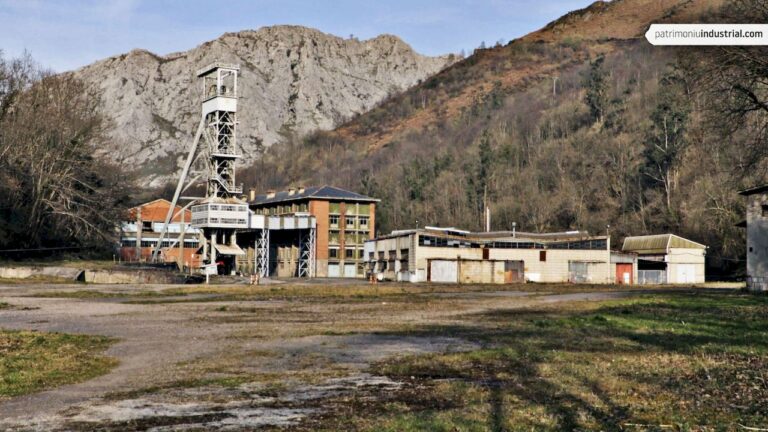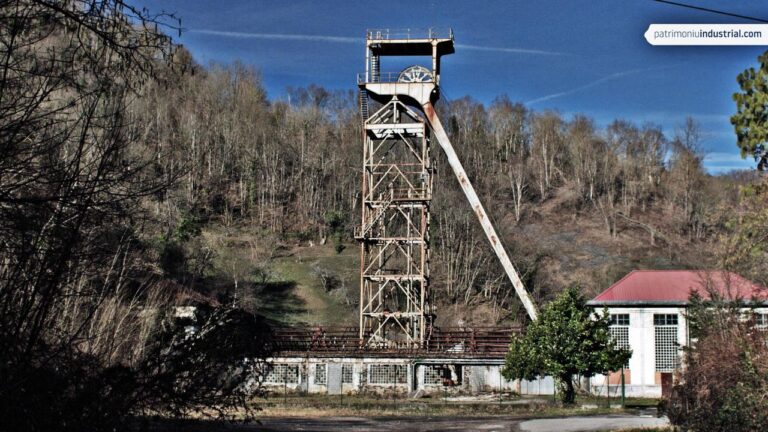Mining
The coal mines of the former Tudela Council, integrated into the Oviedo Council in 1857, were exploited since, at least, the 19th century. Then, the fever of mining reached this sector of the Cuenca Hullera Central through companies such as Anglo Asturiana. Two areas were the focus of the exploitation of coal here: the Olloniego area, which was the most developed one (there, the San José mine shaft was sunk), and the Tudela area, where the site we are now discussing is located. It is placed in a small valley that joins the Nalón river in front of the town of Tudela Veguín.
The second half of the 19th century witnessed how different companies followed each other in the ownership and exploitation of different mines in this area. At the beginning of the 20th century, they were integrated into Compañía General Minera, located in Paris. At the end of the first decade of the century, the mining facilities were transferred to Hulleras de Veguín, which merged with Carboneras de Olloniego in 1918 and gave birth to Hulleras de Veguín y Olloniego. However, this would not be its last owner. After the Spanish Civil War, the Box mine would be sold to the Tudela Veguín cement company (a shareholder of Hulleras since its creation), which would transfer it in 1962 to a new company: Hulleras de San Julián del Box. This company inherited obsolete facilities and machinery, but did not make major investments either, except for the use of the coal washing plant. It definitively closed down four years later after working together with the Olloniego Mine.
There are two structures that still stand out today, the headframe and the chimney. The headframe operated in the earliest vertical shafts in Asturias. It is also the largest one in our province within the category of headframes made of stone or, in this case, a mixture of stone and brick. The chimney, which no longer had a function in the 1960’s, is another impressive structure. The date 1903 can be read on it. It was created to provide ventilation for the mountain activity by means of a hearth located at a lower level, close to the headframe. A small electrical substation, now completely ruined, is also part of the structure.
PHOTO GALLERY






Recent Comments